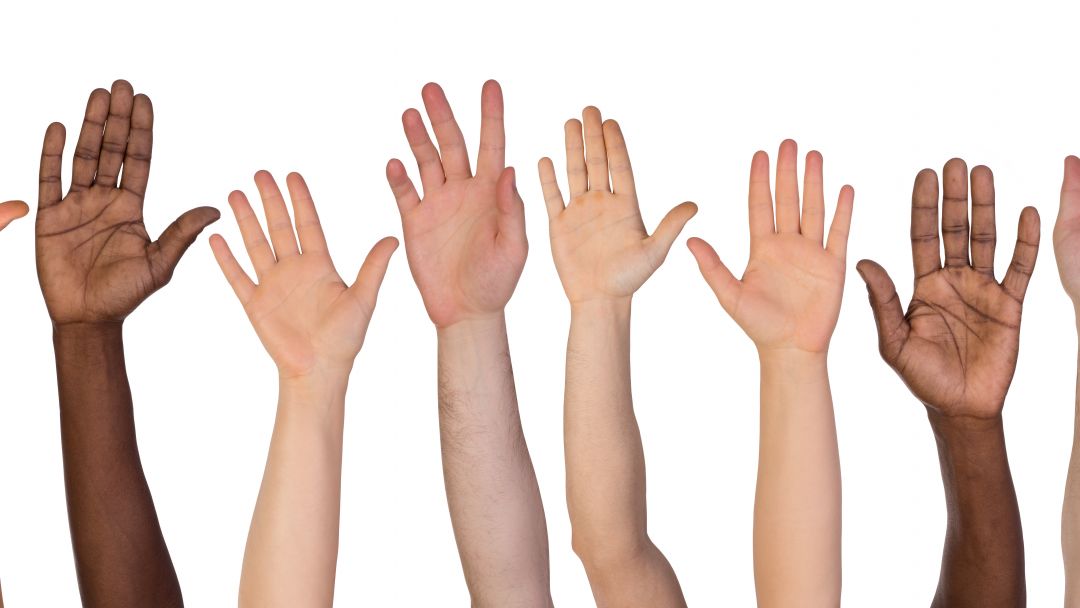Does Inter-School Sport get in the Way of Increasing Participation?

Any discussion of the aims of physical activity in schools doesn’t take long to get round to participation rates. This is usually a reference to the number of pupils who willingly (often voluntarily) take part in various forms of sport and exercise. In some environments, this means taking part in extra-curricular activity: other timetabling arrangements might require attendance, but real participation wins the hearts and minds and makes compulsion irrelevant. That high levels of such participation is a good thing – a success criterion of a buoyant programme – is indisputable.
The first school term under Covid restrictions is just reaching a welcome break. Fears that sport would be impossible have largely proved unfounded. Certainly, there has been little in the way of inter-school sport. Pockets of the country have managed a small amount of competition, though in circumstances – and activities - that are barely recognisable. No one knew what school sport might look like without the central, defining feature of the games fixture. It is necessary to go back more than a century to find an era where it was not a regular part of school life.
There was concern that programmes would have no purpose without regular, competitive reference points. And that pupils would be unmotivated to take part without this stimulus. Neither of these fears proved justified. In the absence of a zero-sum programme which limits participation to members of teams, squads and other “selected” groups, the great majority of schools have reported increased attendance at extra-curricular sport. Some of the numbers have been astounding. The simple expedient of making opportunities available to all pupils – and meaning it – has impacted positively across the country. It has been the single most consistent finding of all schools that have run a different type of Saturday programme from that dominated by team games fixtures. The usual early term enthusiasm has not dropped off, as teams haven’t had to be chosen, with others therefore covertly rejected.
There are few, if any, schools who are not eagerly anticipating the return of inter-school competition. For many pupils, and parents, it is the most positive feature of the sector. There is no world that can be imagined where games fixtures are not a vital dimension of the programme, and when they return there will be both relief and smiles on faces. It is an expensive, and resource-heavy, part of the education offer, but one that is hugely valued. But only by some.
The number of pupils engaged by team games, and enthusiastically committed, will be a minority in almost all schools. This is, in part, a self-sustaining number, driven by the volume of teams and matches. The experience of this term seems to suggest that wider participation doesn’t depend on this. Perhaps the primacy of school teams, and their dominance of both the status and capacity of school sport has unwittingly suppressed the participation of those not involved.
There are inevitable conclusions that can be drawn about the holy grail of increasing sports participation in schools. The challenge will be to restore competition without an attendant message that it is the only thing that matters, and that team members are the only valued participants.